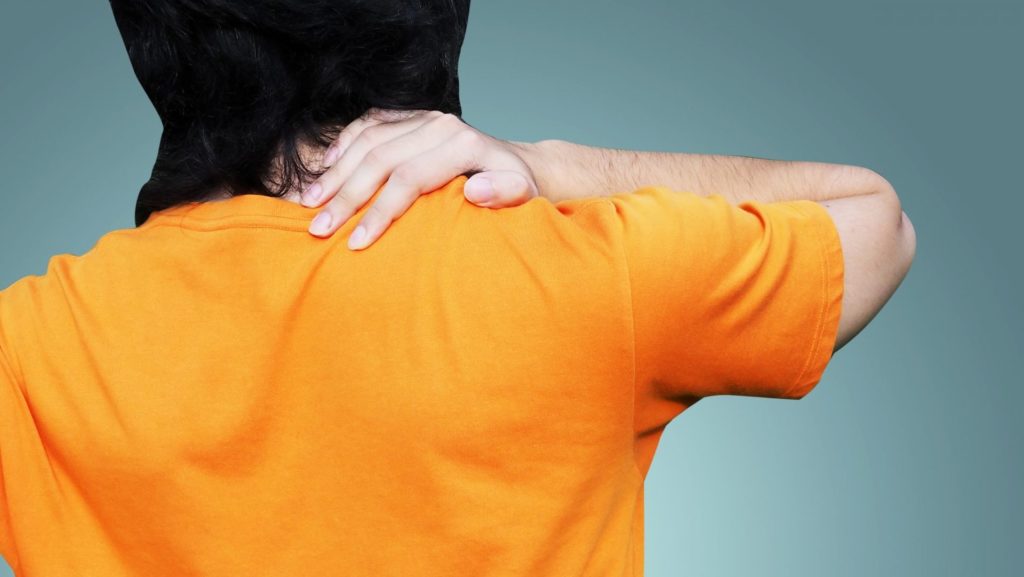How CBD Can Treat Parkinson’s Disease
Parkinson’s Disease (PD) is a neurological disorder of the nervous system caused by progressive death of dopamine-producing cells in the substantia nigra of the brain. Motor symptoms typically occur prior to diagnosis, but the progression of PD is suspected to begin much earlier – symptoms only after 70% of dopamine neurons have died.
One of the primary treatments for people with PD is the supplementation of dopamine production by its precursor, L-dopa., but tolerance develops and increasing doses are required over time. Only 1-5% of the administered L-dopa makes it into the target neurons where it is needed. The rest is converted to dopamine elsewhere in the body creating side effects. After continued use of such medications, side effects such as dyskinesias often develop making this intervention less than satisfactory. Treatments that slow the progression of the dopamine cell death have yet to be developed. Often concurrent therapies for fatigue, depression, low appetite or a sleep disorder are also needed.
Clinical Trials and Results with CBD
NOTE FOR FIRST TIME READERS: Cannabinoids – such as THC, CBD – and terpenes are the main medically active components in cannabis (aka marijuana). For more information on these components, and much more about the plant, see our section on the Science of Cannabis.
Researchers have begun to investigate compounds that may be able to protect neurons from death, leading them to take a closer look at cannabis. Cannabis can be therapeutic for PD in several respects. It is well documented that cannabis can provide neuroprotection, meaning it can slow cell death of neurons, promote repair, reduce inflammation in the brain, and potentially slow the progression of the disease. In addition, we know that cannabis can affect the regulation of neurotransmitter pathways, including the available levels of dopamine. It is as yet unclear how dopamine levels are affected, but it is hypothesized that increased levels are a potential outcome from studies on cannabis use for ADD/ADHD.
It is also possible that cannabis use may be able to resensitize a patient’s response to chronic L-Dopa replacement, optimizing the effects of such drugs as Sinemet. Patients using cannabis commonly report other supportive benefits, in the reduction of symptoms of PD. These include improvement in depressed mood and fatigue, improvement in anxiety and improvement in neuromuscular symptoms such as tremors, dystonias, and rigidity.
Most of the research concerning PD and cannabis use comes from animal models and anecdotal patient reports. This creates a problem in determining appropriate dosage, strain, and cannabinoid content recommendations for PD patients. But often, neuroprotective effects take time to manifest, and results may not be discernible for weeks to months. Many cannabinoids have been shown to be useful for PD, including THC, CBD, and THCV.
A survey taken by 85 PD patients in 2004 reported subjective improvements. Use for three months or more reported relief of symptoms on all measures compared to those who had used cannabis for less than three months. Daily use brought 3x the relief from dyskinesias than irregular use. In a recent (2014) study, 22 patients with PD smoked cannabis as an add-on therapy because their anti-Parkinson medications had proved insufficient or to combat severe PD-related pain and tremor.
CBD Treatment Options
The use of cannabis for people with Parkinson’s Disease should be used with caution, as it’s psychoactive effects of CBD can be disorienting. High CBD preparations would be the best choice to avoid this, although some THC is helpful for fatigue and depression.
Most Parkinson’s patients use CBD products to treat symptoms, such as fatigue, insomnia, depression, and rigidity. (See Insomnia, Depression, sections). The uplifting properties of the terpene limonene (citrus aroma), and alpha-pinene (pine aroma) would be helpful for energy and mood, if it could be found in a CBD rich strain.
To potentially treat the disease, which would be experimental, cannabis might be used as a neuroprotectant and anti-oxidant. The dose might be 25-50 mg 3x/day of a CBD/THC 1:1 edible, CBD oil, or tincture.



